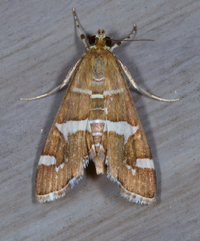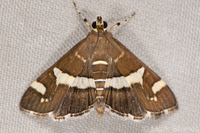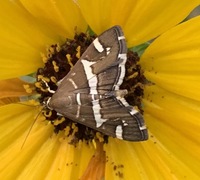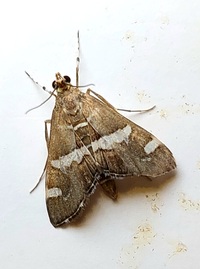
| Recorded by: Mark Basinger on 2025-11-07
Brunswick Co.
Comment: | 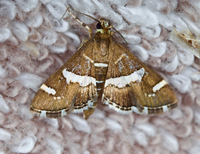
| Recorded by: Tony McBride, Jim Petranka and Becky Elkin on 2025-10-28
Carteret Co.
Comment: |
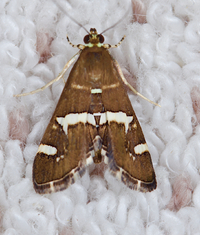
| Recorded by: Tony McBride, Jim Petranka and Becky Elkin on 2025-10-28
Carteret Co.
Comment: | 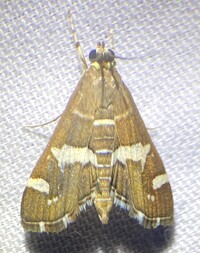
| Recorded by: Dean Furbish on 2025-10-23
Pender Co.
Comment: |
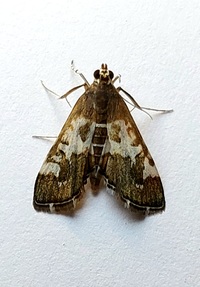
| Recorded by: Mark Basinger on 2025-10-22
Wilson Co.
Comment: An aberrant phenotype? | 
| Recorded by: G. Newman on 2025-10-15
Onslow Co.
Comment: |
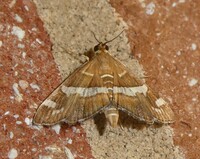
| Recorded by: Simpson Eason on 2025-09-25
Durham Co.
Comment: | 
| Recorded by: K. Sanford on 2025-09-02
Bertie Co.
Comment: |

| Recorded by: R. Newman on 2025-08-28
Carteret Co.
Comment: | 
| Recorded by: Dean Furbish on 2025-08-25
Wake Co.
Comment: |
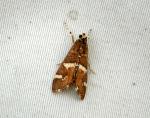
| Recorded by: R. Newman on 2024-11-18
Carteret Co.
Comment: | 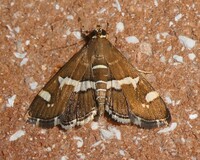
| Recorded by: Simpson Eason on 2024-11-12
Durham Co.
Comment: |
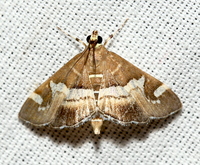
| Recorded by: David George, Rich Teper on 2024-11-05
Chatham Co.
Comment: | 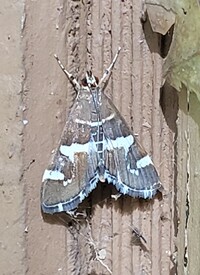
| Recorded by: Michael P. Morales on 2024-11-05
Cumberland Co.
Comment: |

| Recorded by: Mark Basinger on 2024-11-02
Brunswick Co.
Comment: | 
| Recorded by: Jim Petranka on 2024-11-02
Madison Co.
Comment: |

| Recorded by: Dean Furbish and Joy Wiggins on 2024-10-28
Pender Co.
Comment: | 
| Recorded by: Simpson Eason on 2024-10-24
Durham Co.
Comment: |

| Recorded by: John Petranka on 2024-10-21
Wayne Co.
Comment: | 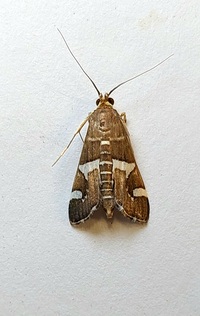
| Recorded by: Mark Basinger on 2024-10-08
Wilson Co.
Comment: |
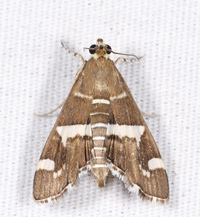
| Recorded by: John Petranka on 2024-10-06
Orange Co.
Comment: | 
| Recorded by: Dean Furbish on 2024-10-04
Wake Co.
Comment: |

| Recorded by: Mark Basinger on 2024-09-25
Wilson Co.
Comment: | 
| Recorded by: Mark Basinger on 2024-09-14
Brunswick Co.
Comment: |

| Recorded by: Mark Basinger on 2024-09-12
Wilson Co.
Comment: | 
| Recorded by: R. Newman on 2024-09-09
Carteret Co.
Comment: |
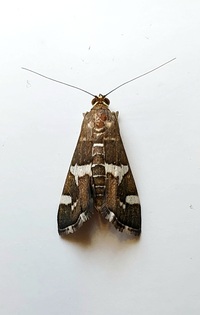
| Recorded by: Mark Basinger on 2024-08-31
Brunswick Co.
Comment: | 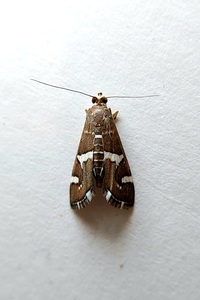
| Recorded by: Mark Basinger on 2024-08-16
Brunswick Co.
Comment: |
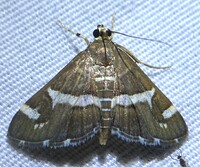
| Recorded by: Dean Furbish, Lior S. Carlson on 2024-08-12
Pamlico Co.
Comment: | 
| Recorded by: Mark Basinger on 2024-07-14
Brunswick Co.
Comment: |
|

 »
»
